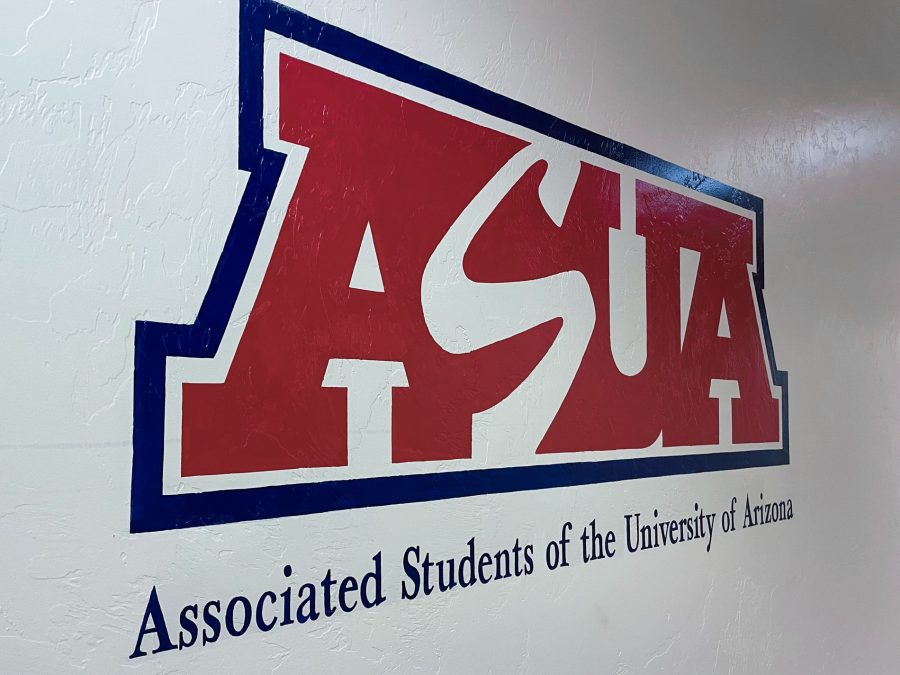Seniors in the UA’s School of Theatre, Film and Television will screen the fine cuts of their thesis films beginning Tuesday before showing the completed versions at the “I Dream in Widescreen” event on May 14.
The purpose of screening the works-in-progress is to allow seniors graduating with a Bachelor of Fine Arts in film and media production to receive feedback on their projects. The students will then spend two months completing the editing, sound work and color correction on their films to prepare for the event.
With “I Dream in Widescreen” only a few months away, Yuri Makino, the associate director of the School of Theatre, Film and Television, is confident that the students’ talent will make the work-in-progress screenings a success in their own right.
“The sophistication in the work has really made such a big jump from when we first had them in class,” Makino said. “We really feel like we’re a part of their journey through the program and we know how hard they’ve worked. And so the end premiere is such a celebration for them, and for us.”
Buzz about the “I Dream in Widescreen” premiere has been growing since its inception. In 2008, it outgrew The Loft Cinema’s 500 seats, and moved downtown to the Fox Tucson Theatre, its current venue. In 2011, it had its highest attendance to date with more than 1,000 people, according to a School of Theatre, Film and Television brochure.
“You can tell when an audience is with you, and the Fox is an amazing setting,” said Lisanne Skyler, an assistant professor in the program who co-teaches the senior capstone course with Makino. “(The students) can see if their movie is working, and the deep impact their stories can have.”
The 18 films showcase a variety of styles, from music videos to musicals to romantic comedies.
Dealing with the time limitations — the maximum length of the video is seven minutes — as well as finding funding, can be a challenge for some of the students. Filming and developing a film cost one senior, Darious Britt, about $1,000 out of pocket. He said the expense isn’t unusual for student filmmakers working on large-scale projects.
“Some people can get a scholarship for it, and you can apply for some financial assistance,” Britt said. “But unless you get a good Kickstarter campaign going on, you can expect it to come out of pocket. It’s just the nature of the beast.”
Despite the long hours and high costs that go into writing, shooting, and tweaking their films, the students have several incentives to succeed. FotoKem, a post-production facility in Los Angeles and the program’s sponsor, offers a $5,000 New Filmmaker Award to the graduate with the best film, which will go toward funding their next project.
For many of these young filmmakers, the work-in-progress screenings are also a chance for their films to be introduced to an unfamiliar audience. They’ve been collaborating and providing feedback to each other in class for several months, but are looking forward to receiving new constructive criticism.
“You have to take everything with a grain of salt. If a person says they don’t like an aspect of it and no one else says that, then maybe it’s OK to ignore that,” said Sarah Schaffer, a film and television senior. “But if 10 people say they have the same issue, then it’s something you need to think about.”
Ultimately, the opportunity to screen their finished work to hundreds of people in a historic theater goes beyond the stress and the cost. For many of the students, the event represents a creative achievement that is representative of their time at the UA, as well as what may be the beginning of a successful career in the industry.








